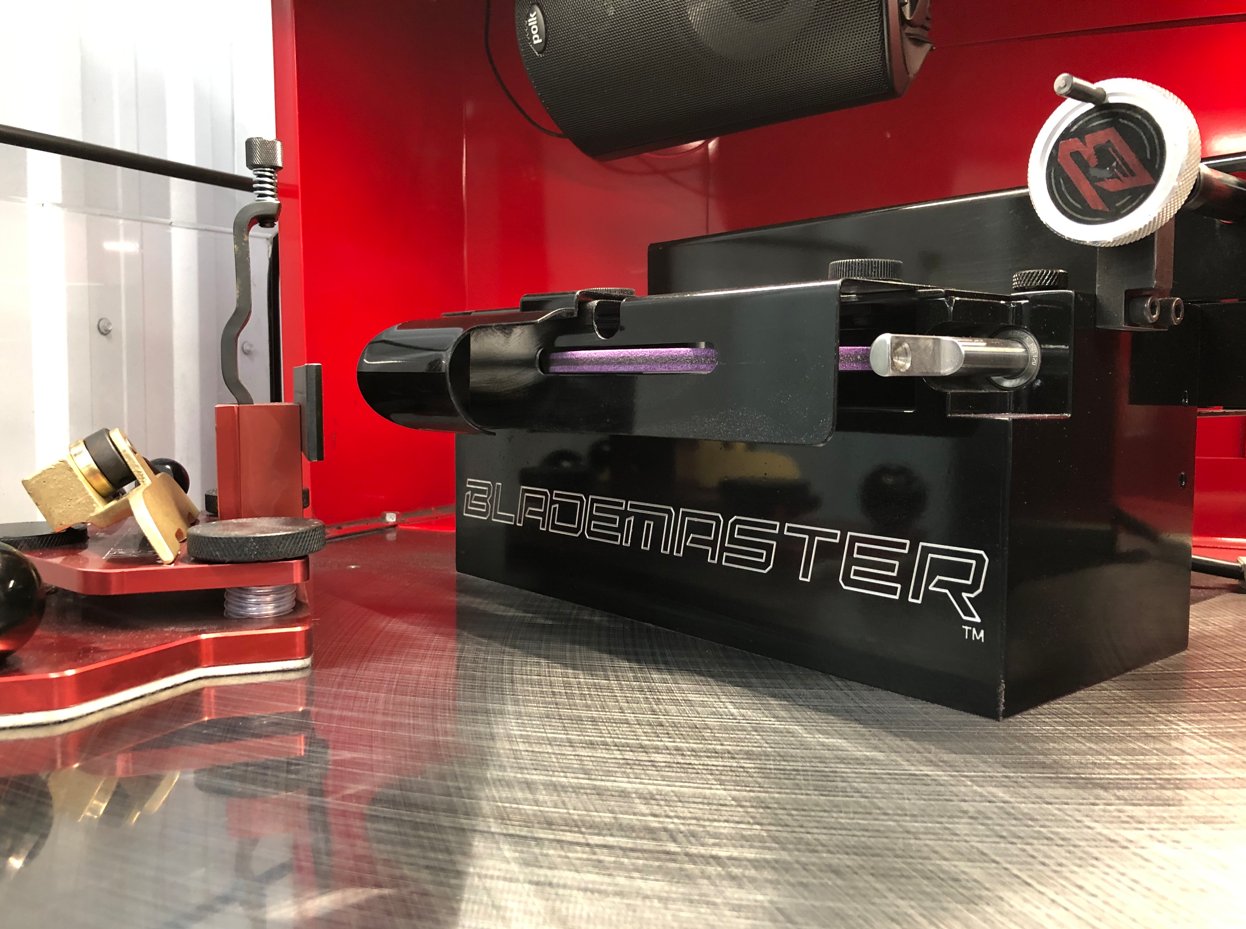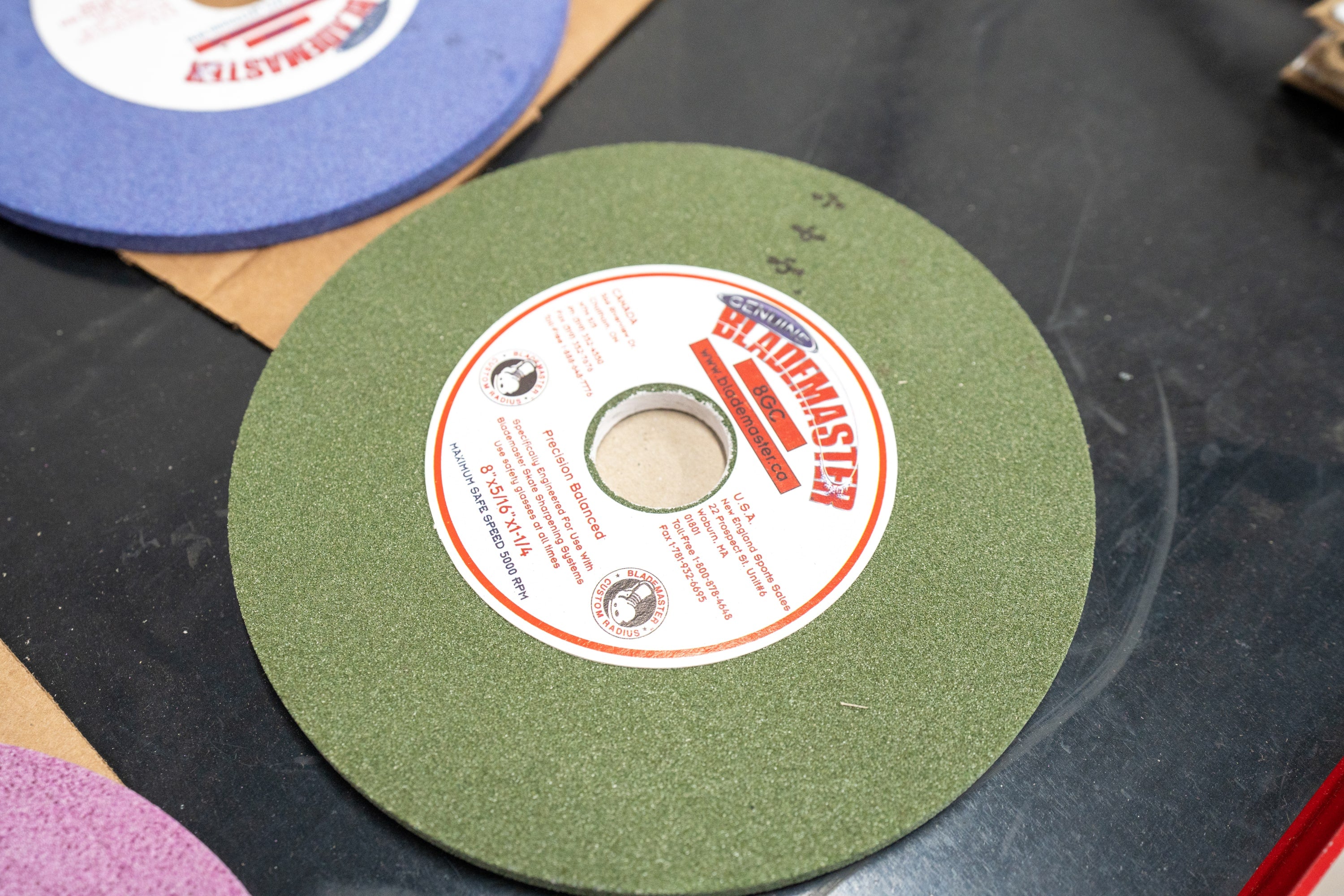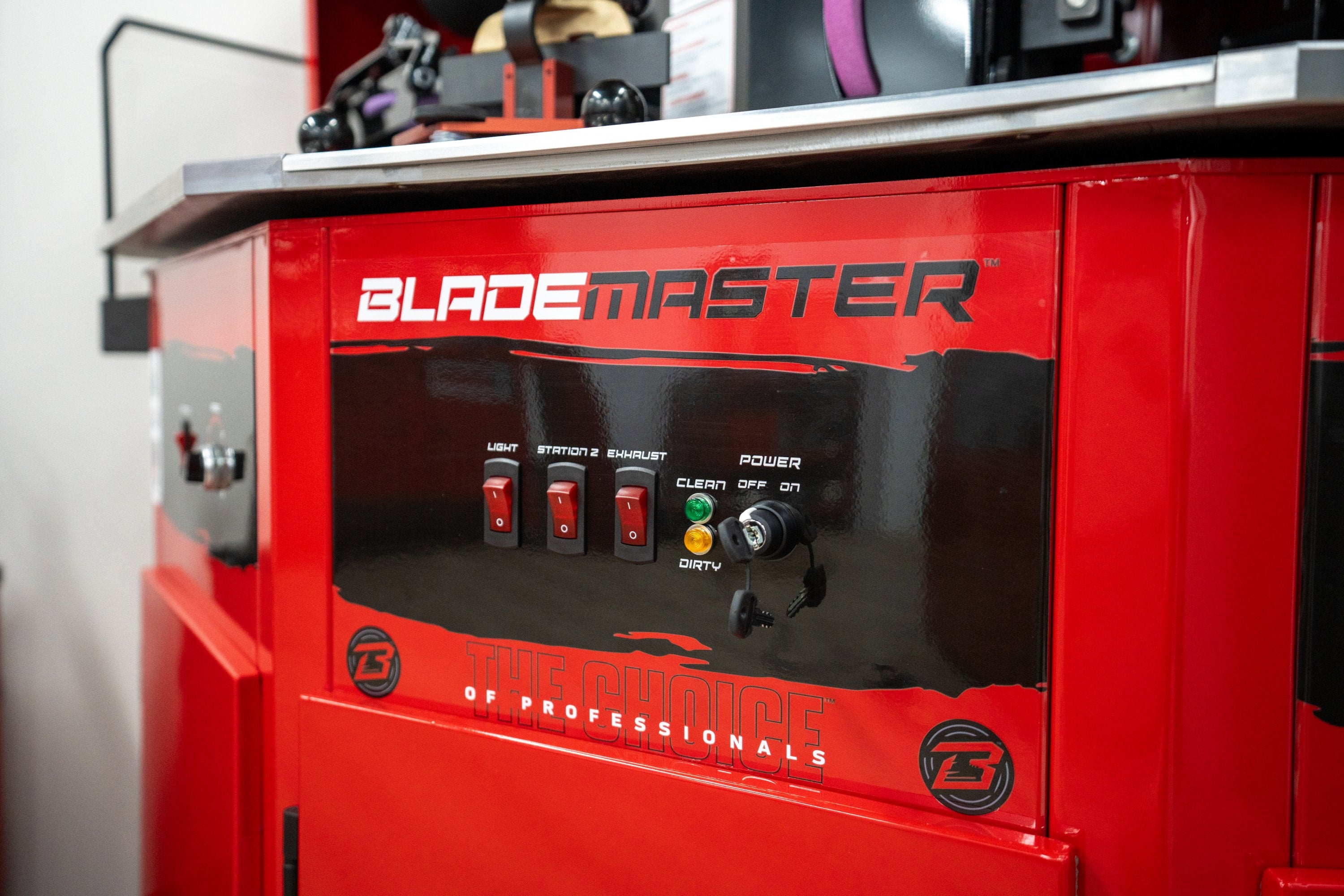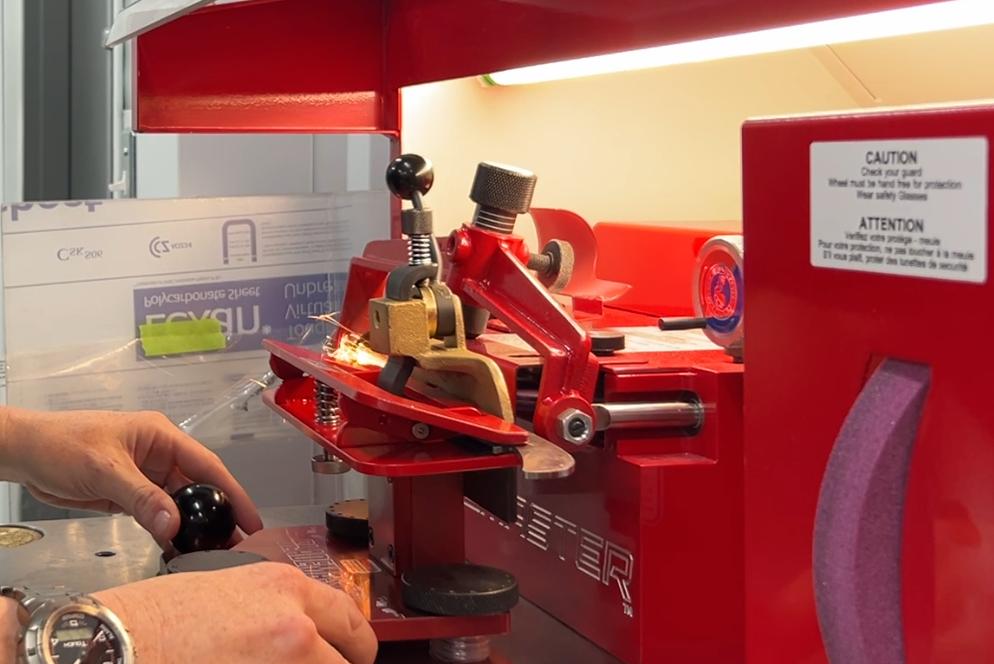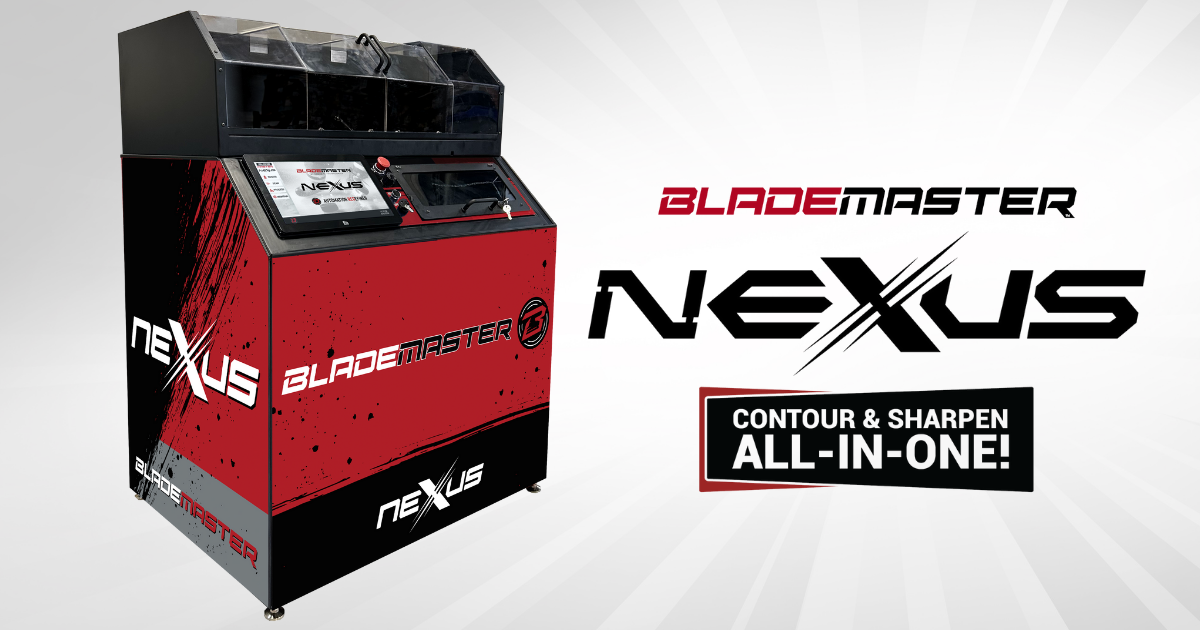SKATE SHARPENING 101
NEW TO SKATE SHARPENING? LET'S GET STARTED!
What is skate sharpening?
Skate sharpening is the process of shaping the blade of an ice skate with a grinding machine to create two edges that are level, smooth and sharp. When used on the ice, the blade becomes dull / lose its edge, negatively affecting the skater's performance and increasing the risk of injuries.
Why sharpen?
- Sharpening improves performance.
- Provides better balance for skaters.
- Provides effective stopping, play making and direction changing.
- Assists with energy conservation and efficiency.
How often should you sharpen?
Hockey players and figure skaters should sharpen their skates approximately every 3-4 hours of ice time. Numerous factors come into play however, such as weight, skating style and ice condition. Skaters may experience difficulty in maintaining control or balance, indicating a need for skate sharpening.
Ultimately, individual skater needs and preferences determines the frequency of sharpening. Proper skate maintenance is key to optimal performance. Check blade edges for damage or dullness on a regular basis.
All about SKATE sharpening
Profiling is a term used to describe the shape of an ice skate blade where it makes contact with the ice viewing from the side. Other common terms for hockey skate profiling you may hear are rocker or contouring.
A hockey skate profile is measured as the radius of an imaginary circle illustrated below, typically in feet. If you were to draw a large circle with a 9-foot radius and then match the side profile of the steel to that circle, you would create a 9-foot radius profile on that steel. (see image below) Major manufacturers ship skates with profiles between 9’ and 13’ for player steel and 27’ to 50’ for goalie steel.
Blade profiles help determine your speed, agility, power and performance.
A smaller profile such as 8 to 9 feet is excellent for agility, quick starts and stops, and quick acceleration. The downside is that you bite more into the ice which creates more stress on your joints, it requires a deeper hollow and burns more energy keeping your speed. Glide is lost a smaller profile, so you must move your feet more to keep your speed up.
Player positions that benefit from a smaller profile are ones like defense players. Quickness and agility are very important.
With a larger radius of 11 to 13-foot, glide and speed are enhanced. The larger contact area on the ice makes you dig in less, requiring a shallower hollow to achieve your desired grip level. The downside to a larger profile is that you lose acceleration and agility.
Yes you can! Often different radius's are used at each end of the blade. This depends on the a variety of factors related to the player. Height, weight and position played are to be considered.
Blademaster Skate Sharpeners and Blademaster trained skate technicians are more than capable of creating your best blade profile!
On the bottom of those skate blades there are TWO sharp edges that are connected by a HOLLOWed-out region in between.
This hollowed-out region is created by passing the skate blade along a grinding wheel. The shape of the grinding wheel's surface will determine the size of the hollow on the skate blade. Then the size of the hollow on your skate blade will affect how the skate feels and performs on the ice.
Whether you are looking for more speed & glide or more bite & cut - Blademaster experts can help you find the right hollow for you!
As with skate blade profile, there are many factors to be considered when determining your best RoH or hollow. They include:
- player position
- player height & weight
- skating skill
- desired playing performance
Blademaster Skate Sharpeners and Blademaster trained skate technicians are more than capable of creating your best blade hollow!
Great question! Head over to our "How to know if I am getting a good skate sharpening" page.
READY TO ACTUALLY SHARPEN SKATES? DOWNLOAD OUR PDF'S TO GET STARTED!
Download our Skate Sharpening 101 PDF for reference!Read for more advanced info?
Download our Skate Sharpening for Pros pdf for future reference!


